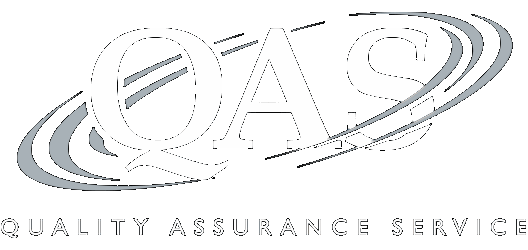Form 6198 At-Risk Limitations: IRC 465 Calculations, Grouping, Elections, and Schedules
Identifying Loss Deferrals, Recapture Requirements; Tracking Carry-Forward Amounts
Note: CLE credit is not offered on this program
Recording of a 110-minute CPE webinar with Q&A
This course will provide tax advisers with an advanced guide to reporting loss limitations on Form 6198. The panel will have an in-depth discussion into the Section 465 rules and offer comprehensive and practical guidance on the complexities of maintaining at-risk amount schedules and carry-forwards. The webinar will also detail tactics for freeing up carry-forward losses and dealing with loss recapture.
Outline
- Taxpayers and activities subject to Section 465 at-risk limitations
- Activities that must be reported separately
- Aggregation rules
- Determination of amounts at risk
- Nonrecourse debt and amounts deemed not at risk
- Recapture rules
- Form 6198
Benefits
The panel will discuss these and other important topics:
- What does--and does not--qualify as "at-risk" for purposes of calculating loss limitation on pass-through activities?
- What are elections and grouping approaches are available to minimize the impact of loss deferral due to at-risk limitations?
- Reporting carry-forwards and recapture of prior loss deductions on Form 6198
- Maintaining schedules and substantiation of carry-forward disallowed losses
Faculty

Terence Coppinger
Partner
DSJ Advisory Group
Mr. Coppinger has been advising clients in the areas of tax information reporting and IRS practice and procedure for... | Read More
Mr. Coppinger has been advising clients in the areas of tax information reporting and IRS practice and procedure for more than 24 years. He provides tax consulting and audit representation related services to the firm's asset management, private equity, and hedge fund clients. His practice focuses on domestic and nonresident alien tax information reporting and withholding obligations, the Foreign Account Tax Compliance Act, The Common Reporting Standard and withholding foreign partnerships. Mr. Coppinger has served on the IRS Relations Committee of the New York State Society of CPAs and the IRS’ Information Reporting Program Advisory Committee where he sat on the International Reporting and Withholding subcommittee.
Close
John Hadwen, CPA
Tax Director
Albin Randall & Bennett
Mr. Hadwen joined ARB in 2021. He is a Director specializing in providing comprehensive tax compliance and tax... | Read More
Mr. Hadwen joined ARB in 2021. He is a Director specializing in providing comprehensive tax compliance and tax consulting relating to partnership, corporate, individual, construction, manufacturing, and professional service firm, and real estate taxation. Prior to joining ARB, Mr. Hadwen was a Tax Principal at a large, regional CPA firm.
Close